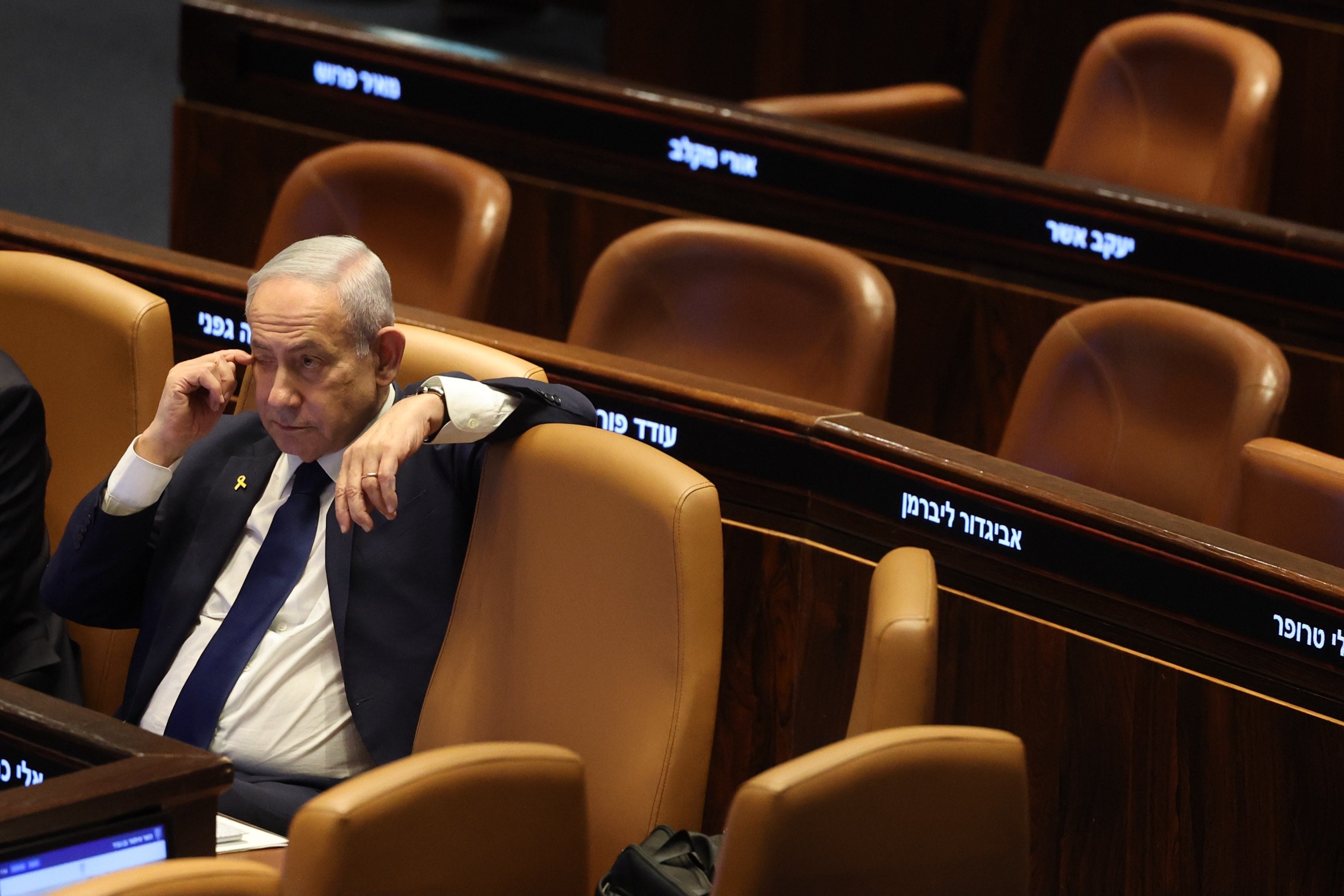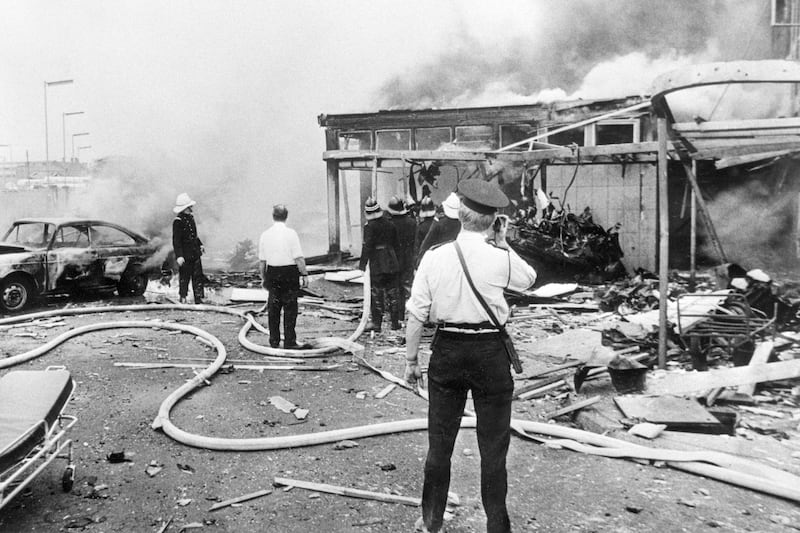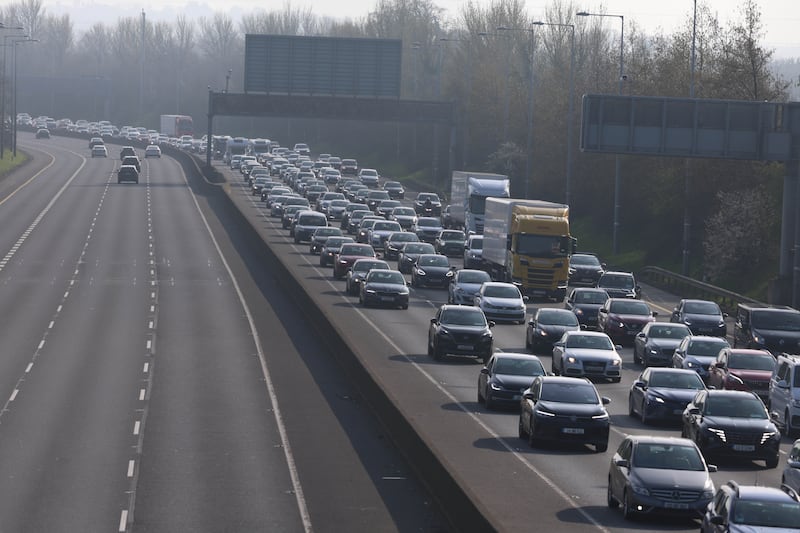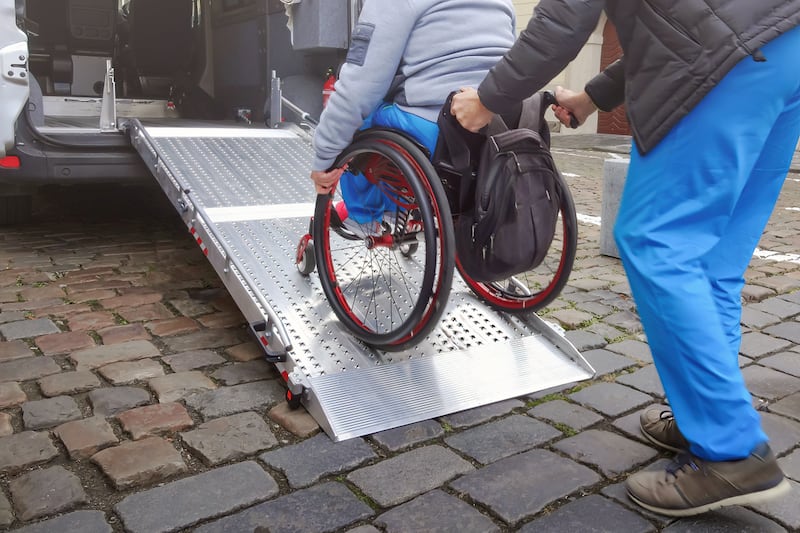The aid shipment that could have fed more than one million Palestinians for a month languished at the Israeli port of Ashdod for weeks. Then Israeli authorities said the desperately needed supplies could not be released.
The shipment of rice, flour, chickpeas, sugar and cooking oil, donated by Turkey, is one of many consignments facing blockages outside the Gaza Strip even as UN agencies warn that at least a quarter of the strip’s besieged population faces famine.
Martin Griffiths, the UN’s humanitarian chief, on Tuesday said Gazans were “staring death in the face: they have little to eat, hardly any access to medical care, nowhere to sleep, nowhere safe to go”. “No amount of dedication and goodwill is enough to keep millions of people alive, fed and protected – while the bombs are falling and the aid is choked off,” he said.
Israel’s four-month war against Hamas has brought devastation to the Palestinian enclave, with basic supplies running out and the health system near collapse.
READ MORE
Yet while international pressure mounts on Israel to allow in more aid – it controls access to Gaza and imposes a strict inspections regime – UN officials and western diplomats say the flow of goods is still far below what the population of Gaza needs.
[ Israel blinded by rage says Varadkar, as Government hardens stance on GazaOpens in new window ]
Some 500 trucks a day crossed into Gaza before the war began in October, but since then the number has averaged just over 100, the UN says. Israeli authorities have this month allowed in small shipments of fuel, required to enable water supplies, while the daily count of trucks has occasionally topped 200. But queues of trucks still wait for several kilometres on the Egyptian side of the country’s crossing with Gaza.
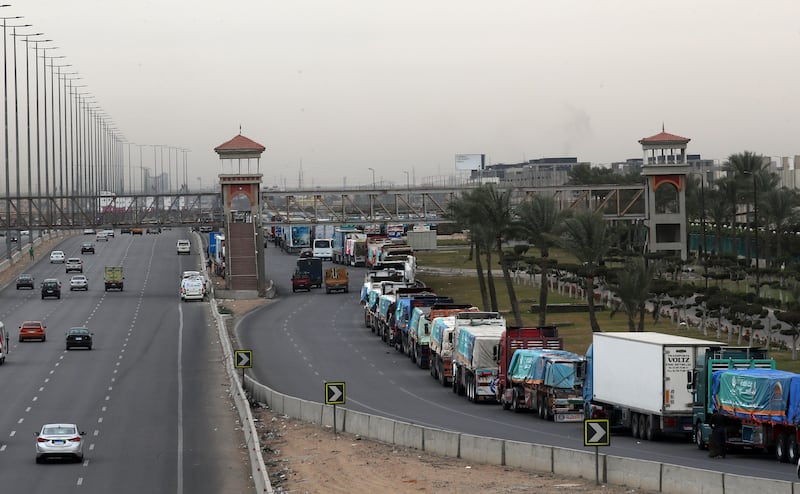
Shortages of food, clean water and medical supplies are contributing to a brutal winter in the enclave. In Rafah, the southern city now crowded with 1.5 million displaced people and facing Israeli attack, Ibrahim Bakr, who fled northern Gaza and is living in a tent, said his seven children cried at night from hunger.
“The UN gives us something different each time,” Bakr said. “Last week it was six cans of beans. Today it is just two cans of chickpeas. It is not enough for one person, let alone a family.”
[ Israeli settlers left Gaza in 2005. They now see a chance to returnOpens in new window ]
Aid trucks enter Gaza by two routes: a majority via the Kerem Shalom crossing with Israel, and some others via the Rafah crossing with Egypt. Taking the latter route, trucks must divert into Israel to be unloaded for inspection before returning to Egypt and then to the border.
Once shipments reach the border, at both crossings they are reloaded on to Palestinian trucks.
“It is a long and complicated process which delays the delivery of aid,” said Nebal Farsakh, spokeswoman for the Palestinian Red Crescent Society.
Under US pressure, Israel opened its Kerem Shalom crossing in December to increase aid deliveries, but rightwing protesters have in recent weeks sought to block them, arguing aid should be withheld from Gaza until Hamas releases hostages still held in the strip. Other crossings from Israel remain closed.
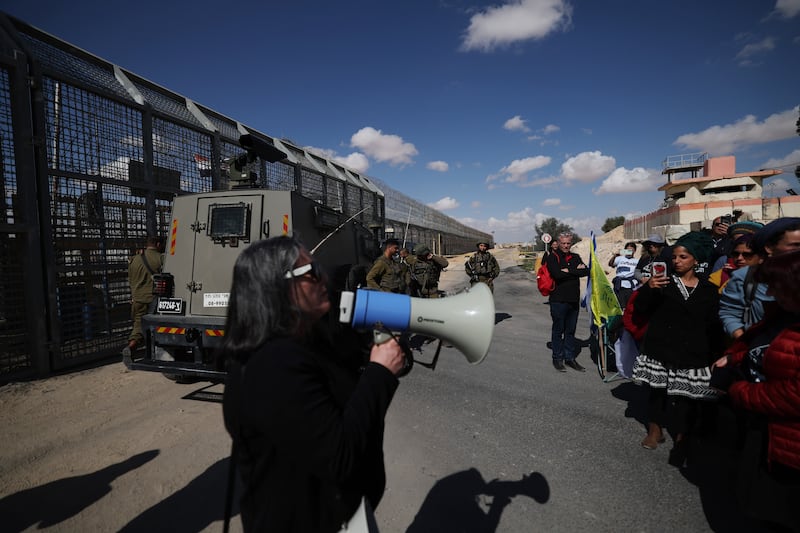
Israel imposes inspections to prevent the entry of materials that could be used by Hamas. But humanitarian officials say Israel’s long list of banned items and cumbersome inspection process act as a bottleneck. If inspectors reject one item on a truck, say aid officials, the entire cargo must restart the process.
The World Food Programme said rejected items deemed to be “dual use” – with potential military applications – had included “generators, crutches, field hospital kits, inflatable water tanks, wooden boxes of children’s toys and, perhaps most depressingly, 600 oxygen tanks”.
A fresh risk to humanitarian provision emerged when Israel last month accused 12 then-workers at the UN agency for Palestinian refugees, Unrwa, of taking part in Hamas’s October attack that killed 1,200 people and sparked the war. Several countries have since halted funding to the agency and Israeli lender Bank Leumi closed one of its bank accounts.
The Israeli military body responsible for humanitarian affairs in Gaza, known as Cogat, is adamant that humanitarian agencies, not Israel, are the real barrier.
“Even if the amount of aid doubled they wouldn’t be able to receive, store, and distribute it all,” Col Elad Goren, of Cogat, said last month, calling on the agencies to improve their logistics. Cogat maintains there is no humanitarian crisis in the enclave. “There is no starvation in Gaza. Period,” Goren said late last month.
Yet once a shipment of aid has crossed the border, its challenges are just beginning. UN agencies acknowledge their capacity to deliver aid within Gaza has been limited. There are not enough trucks in Gaza to distribute aid, while agencies are struggling to keep convoys and workers safe amid the hostilities.
Convoys have been hit by bombardments even after routes were co-ordinated with Israeli forces, said international aid officials, while the Israeli military frequently blocks access to areas where aid is needed.
The UN’s humanitarian office, the OCHA, said in January Israeli authorities had facilitated just 10 of 61 planned aid missions to northern Gaza; 34 were denied access. More convoys were able to reach destinations in central and southern Gaza. Some convoys were told they could travel but then found the routes impassable, the OCHA said.
Hamas gunmen and increasingly looters also threaten loads moving through the strip. Roads are often blocked by debris and unexploded ordnance, while humanitarian workers must try to co-ordinate deliveries amid communications blackouts.
“We cannot co-ordinate who picks up commodities from where and at which time to bring the drivers,” said a UN official. “It becomes a mess.”
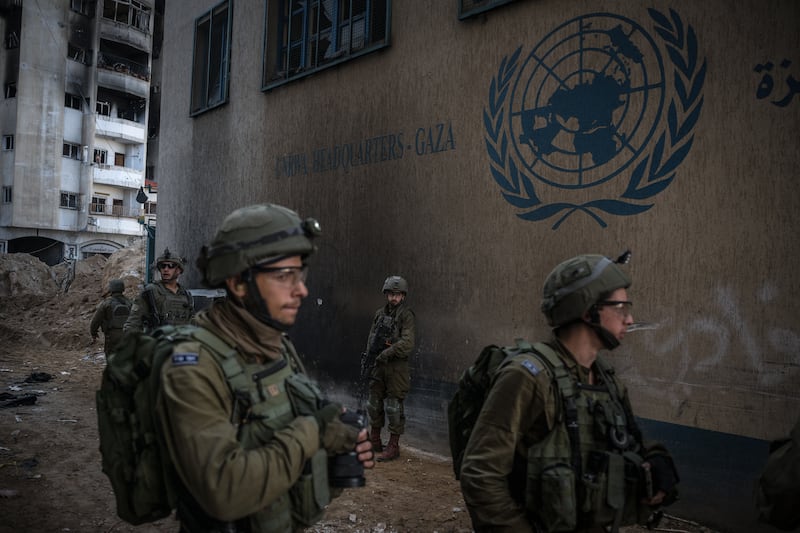
Israeli restrictions on satellite communications equipment have compounded the problem. “You cannot send a driver to the field in the middle of a war where trucks take hits without comms,” the official added.
UN secretary general António Guterres on Tuesday said he was concerned about “deteriorating conditions and security for humanitarian aid delivery in Gaza” and warned that an “all-out offensive on Rafah, where the core of the humanitarian system is located ... would have devastating consequences”.
All the barriers to aid mean that for Gazans, hunger is increasingly part of everyday life.
At a shelter in Rafah, Om Alaa said she did not produce enough breast milk to feed her infant because she did not get enough to eat. “We give the children all the food we get, and I eat just enough to have the strength to stand up,” she said.
The broader picture across Gaza is one of devastation. Israel’s offensive has killed more than 28,000 people, say the Hamas-run Palestinian health authorities; more than 85 per cent of the population has been displaced and many of their homes are destroyed.
There is little evidence of change in the two weeks since judges at the International Court of Justice ordered Israel to take “immediate and effective measures to enable the provision of urgently needed basic services and humanitarian assistance ... in the Gaza Strip”.
Israel’s western allies have become increasingly alarmed. US president Joe Biden said on Monday during a visit by Jordan’s King Abdullah that his country was “working to open other routes” for aid to enter the strip. Western diplomats say they have repeatedly urged Israel to allow in more aid and to enable Kerem Shalom to operate around the clock.
Israel saw requests for increased aid mainly through the prism of possible diversion to Hamas, one diplomat said.
The diplomat added: “We’ve seen marginal changes. We’ve seen goods that were refused now allowed in, but compared to the list of goods that are not allowed in, there’s not a lot of progress.” – Copyright The Financial Times Limited 2024
- Sign up for push alerts and have the best news, analysis and comment delivered directly to your phone
- Find The Irish Times on WhatsApp and stay up to date
- Our In The News podcast is now published daily - Find the latest episode here

